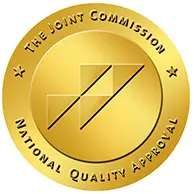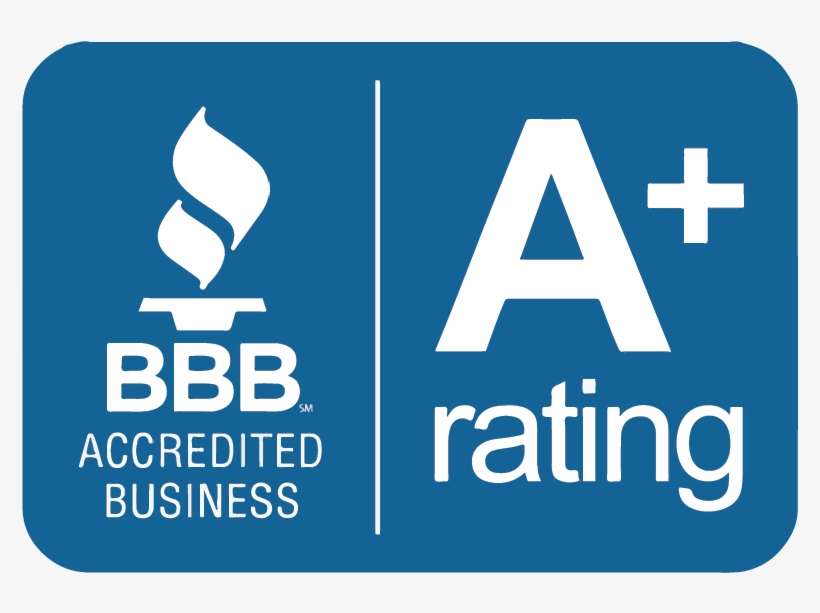Our Philosophy
Acera Health was created with a client-first mentality. We embrace that no two clients are alike and as such, the ingredients to overcome mental health challenges are not going to be the same for each client. Our model is to work with you hand-in-hand on identifying your strengths to create a personalized treatment plan. Keeping your well-being our priority while you are immersed into sustainable modalities that work for you here, and when you have completed our program and continue on your Acera.
Acera offers a full continuum of psychiatric care, each focused on a specific population. Our restorative programs are evidence-base driven, and proven to provide better long term results. Acera invests heavily in the training of staff, including front-line staff, to ensure the ability to meet the unique needs of multi-diagnosed patients.
Levels of Care
Acera Health offers various highly differentiated mental health programs; each focused on a specific population. Our programs are intensive, results-driven, and proven to provide better long-term recovery. Our mental health treatment center offers several therapeutic options of care.
Levels of Care
Acera Health offers various highly differentiated mental health programs; each focused on a specific population. Our programs are intensive, results-driven, and proven to provide better long-term recovery. Our mental health treatment center offers several therapeutic options of care.
What We Treat
Personality Disorders
Mood Disorders
Depression
Trauma/PTSD
Anxiety
Schizophrenia
OCD
Bipolar
What We Offer
Individual, Group, & Family Therapy
Trauma Therapy
Psychoeducation
Medication Management
Process Groups
Discharge Planning & Coordination
Psychiatric Evaluation
Experiential Therapy
Individualized Treatment Program
Modalities We Use
Transcranial Magnetic Stimulation (TMS)
Neurofeedback & Brain Mapping
Eye Movement Desensitization & Reprocessing (EMDR)
Hypnotherapy
Cognitive Behavioral Therapy (CBT)
Dialectical Behavior Therapy (DBT)
Performance Psychology






